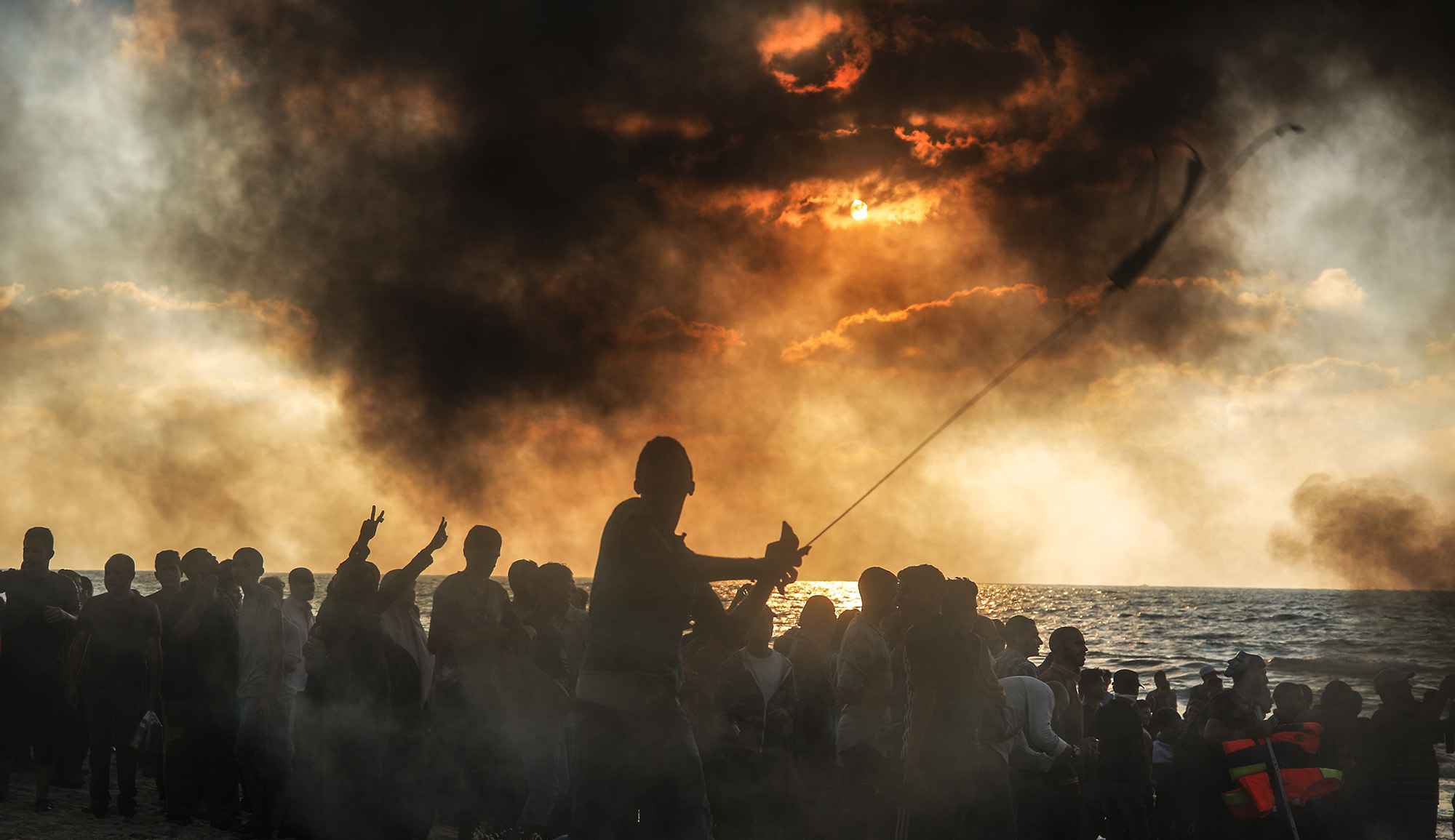Video footage recently obtained by the American military reportedly shows Islamic State (IS) fighters in Mosul forcing civilians into buildings—not to use them as human shields, but in the hope that these civilians will be killed by U.S. troops or their allies, thus generating outrage that will, in turn, discourage further attacks. As Evelyn Gordon notes, this practice, dubbed the “dead-baby strategy” by Alan Dershowitz, was pioneered by Hamas:
This tactic . . . was borrowed [by IS] because the world’s response to successive Hamas-Israel wars convinced IS that creating massive civilian casualties among residents of its own territory is an effective strategy. . . . [I]nstead of blaming Hamas for [deliberately jeopardizing its own subjects], the world largely blamed Israel. Mass demonstrations were held throughout the West condemning Israel; there were no mass demonstrations condemning Hamas. Journalists and “human-rights” organizations issued endless reports blaming Israel for the civilian casualties while ignoring or downplaying Hamas’s role in them. Western leaders repeatedly demanded that Israel show “restraint” and accused it of using disproportionate force. Israel, not Hamas, became the subject of a complaint to the International Criminal Court.
In short, by blaming Israel for civilian casualties that were . . . deliberately caused by Hamas’s actions, the world ensured that other terrorist organizations would adopt a similar strategy.
More about: Hamas, ISIS, Israel & Zionism, Military ethics, War on Terror


